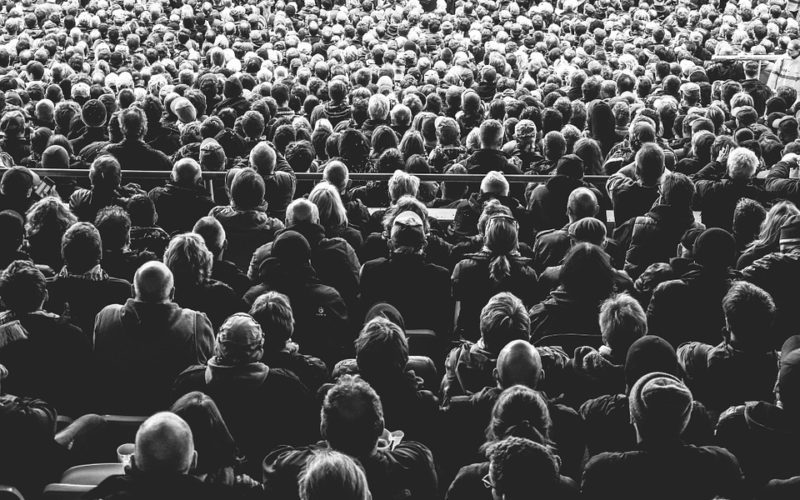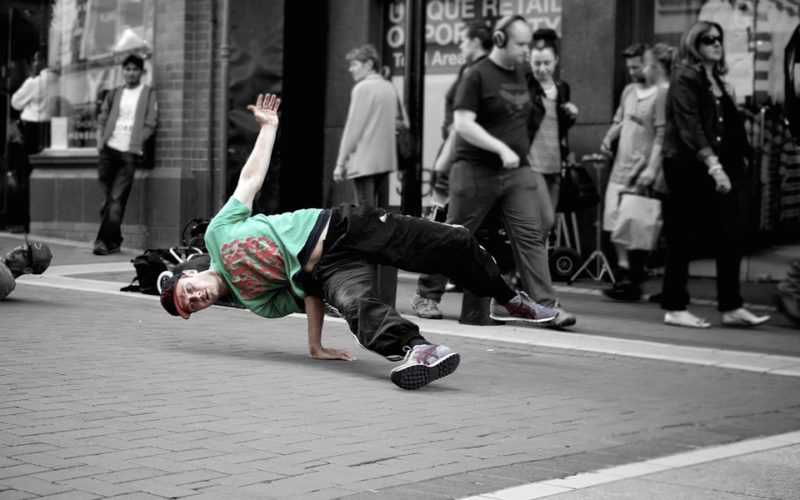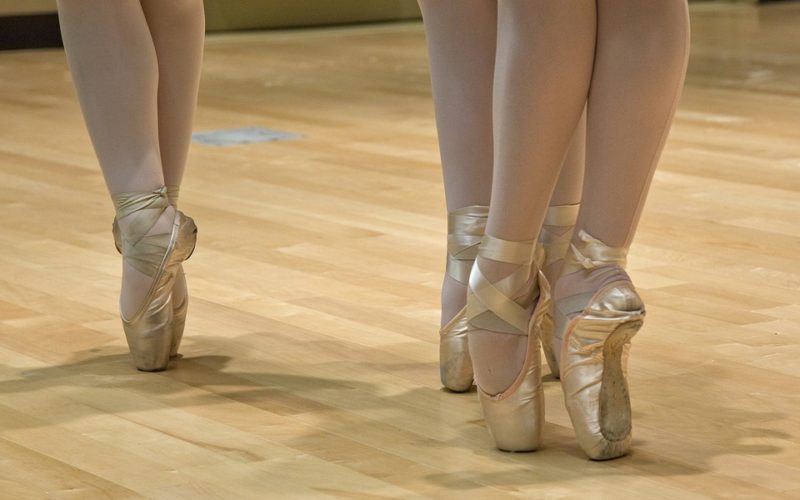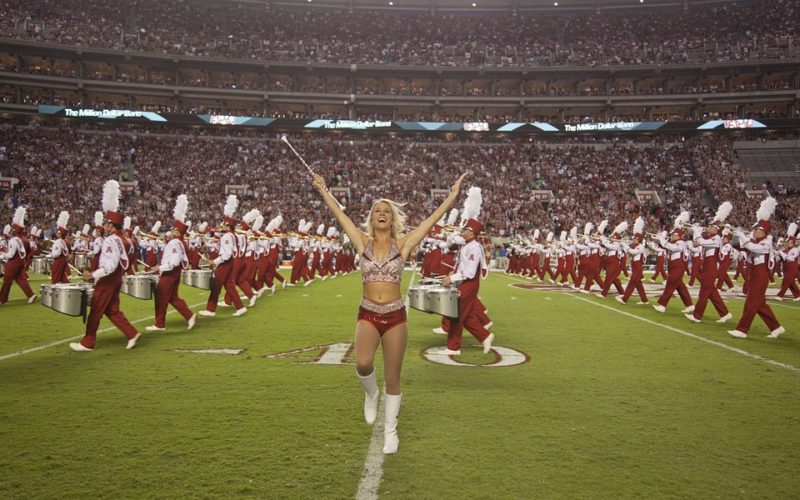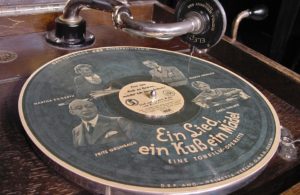There are many popular dance performances that are brought back to the stage every year, but song and story writers continue to write. Not all of these pieces will be performed, but those that are will become full-blown productions. Orchestras will be hired and learn the music, and performers and dancers will try out for various parts in the play. All of these people will rehearse as a team until they can produce the effect envisioned by the writer and director of the musical.
Musicals, unlike ballet performances, often feature spoken lines by the main characters. Dancing is a large part of the musical theme, and the stars of the show must be able to dance as well as sing and act. Some parts of the performance require a stage full of background dancers, and their job is to support the action of the characters in the play. This takes a great deal of attention to get the choreography perfect.
Modern musicals can be thought of as plays set to music, but the music is not just a background support. The musical component of a play may be released as a single or part of an album, and these gain their own popularity separate from the play. Over time, some musical numbers have eclipsed the original performances and have become part of the popular dance of a culture. This does not always happen with modern theatre, but older stage musical and vaudeville songs and dances did enjoy some popularity in this way.
Theater musicals that are new often open in smaller cities and towns, and they go on lengthy tours before their debut performance in a large city. This is done to perfect and balance the musical and dance performances before it is seen by critics, and this has become a tradition wh
en introducing a musical play by a new playwright.
